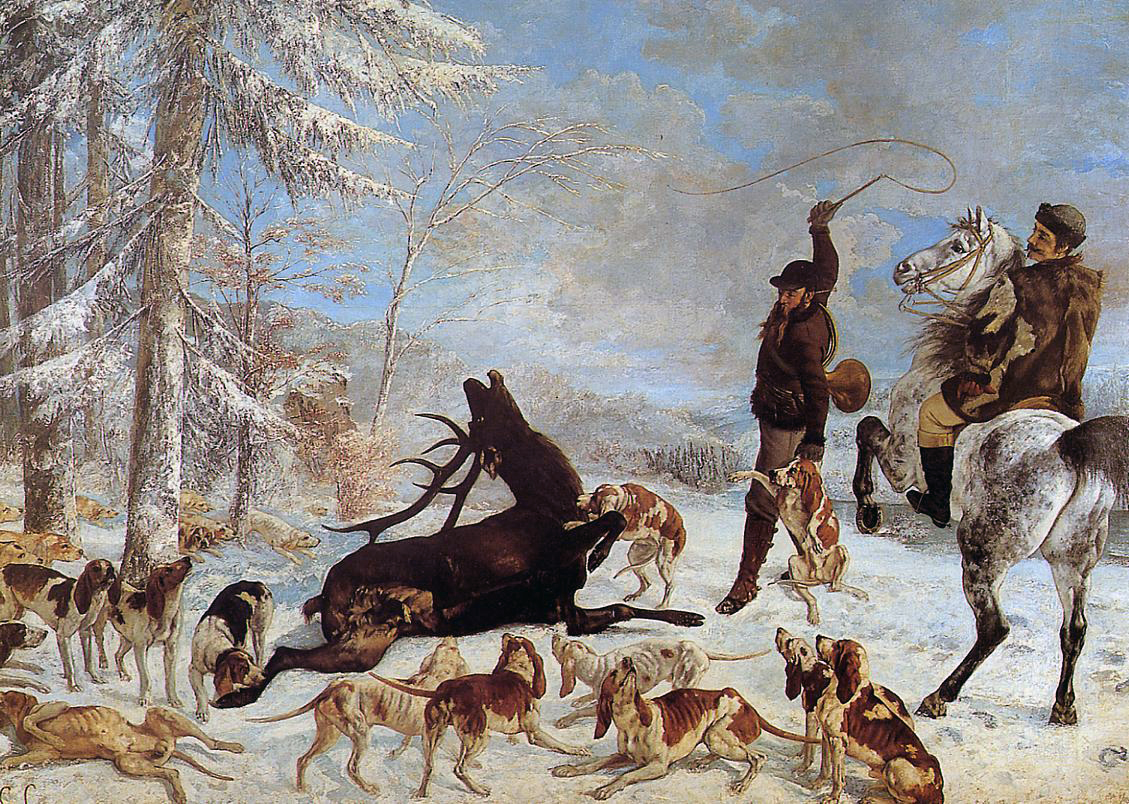Discovering Realism and Gustave Courbet
In 2011-12, during my second year at the Institute of Fine Arts of the University of Chittagong, I encountered the realism art movement through an art history class. This was when I discovered the works of Gustave Courbet, a French artist renowned for his dedication to depicting life as it is, devoid of embellishment. His commitment to realism fascinated me and profoundly influenced my artistic journey.

In 2018, I participated in an art residency program and later studied at the Institute of Fine Arts in Besançon (ISBA). Learning that Courbet hailed from this region and that his hometown, Ornans, was nearby, was thrilling. Ornans, often likened to a small Venice with its canals and natural beauty, inspired many of Courbet’s landscapes. Visiting the Gustave Courbet Museum and his studio in Ornans was a profound experience. I also had the opportunity to see significant collections of his works at the Art Museum of Besançon, the Musée d’Orsay in Paris, and the Musée Fabre in Montpellier.



Initially, Courbet’s super realistic art captivated me with its visual appeal. However, as I delved deeper, I realized his works were not just visually realistic but also a profound manifestation of the societal realities of his time.

Reflecting on Artistic Responsibility
In a text I wrote on October 15, 2019, I grappled with some deeply personal and chaotic thoughts about the role of an artist in society:
“As an art student, I often wonder: What is the artist’s responsibility to society or the state? Is there any responsibility at all? If yes, how much do we practice it, or even realize it? In my opinion, artists should protest against social, political, and economic inconsistencies or various problems of a country.
From famine, the language movement, and the war of independence to anti-authoritarian movements—where have artists not contributed? Sadly, at present, no one seems to have the courage to address the various problems of the country. Artists seem confined within the small area of their studios, focusing on personal benefits. No time to think about the country, society, and the people. Or perhaps they don’t want to think, or lack the courage to reflect on these issues.”

Year: about 1867
Medium: Oil on canvas
Dimensions: 355 cm × 505 cm (140 in × 199 in)
Location: Museum of Fine Arts of Besançon, Besançon
During a museum visit as part of a workshop, I observed a woman guiding tourists through famous artworks. She explained Courbet’s “Killing a Deer/A Deer Hunt” with enthusiasm. Although I had seen the painting many times before and admired its details, that day, I felt an urge to escape from it. As everyone discussed the violence depicted—the 22 dogs killing a deer, the master on horseback whipping them—I saw the faces in the painting morph into something more violent, mirroring the current societal realities.
I told a friend to create a cartoon similar to that painting, but he was afraid. Fear of depicting the real scenario of our country and its political situation—can this be the image of a democratic state? Where no one has freedom of speech, and fear of death looms, we are dying a thousand times every day.
The Current Situation in Bangladesh
Since December 14, 1971, my motherland has lost many heroic intellectuals. Today, the pain of losing them is compounded by the presence of educated individuals who perpetuate injustice and anarchy. The uneducated, semi-educated peasants, workers, and laborers of the villages seem to possess more humanity and morality than these so-called educated elites.
The tragic death of Abrar Fahad at BUET in 2019 underscored the dangers students face when speaking out against injustice. Today, the situation remains grim, with terrorist groups like the Chatra League, supported by the government and police, attacking students across universities. On July 15, 2024, we find ourselves in the same dire situation, with thousands of students under attack by the Chatra League and police, backed by the government.
The Exodus of Talent and the Uncertain Future
There was a time when Bangladeshi students who studied abroad returned to contribute to their homeland. However, now, 99% of Bangladeshi students seek any opportunity to leave the country permanently. This brain drain is alarming, as the nation loses its brightest minds to a climate of fear and repression.
Education that does not teach humanity and morality but instead promotes anarchy and injustice is not education at all. The current climate in Bangladesh, where students are terrorized and freedom of speech is stifled, paints a grim picture of our future.
As artists, we must question our role and responsibility in such tumultuous times. Inspired by Courbet’s dedication to portraying societal realities, we should strive to reflect and challenge the injustices around us, despite the risks. Our silence only perpetuates the violence and repression that threaten to engulf our society.



Leave a Reply